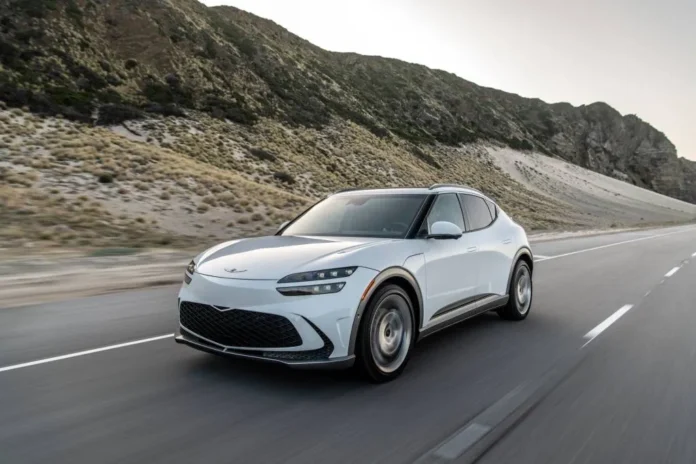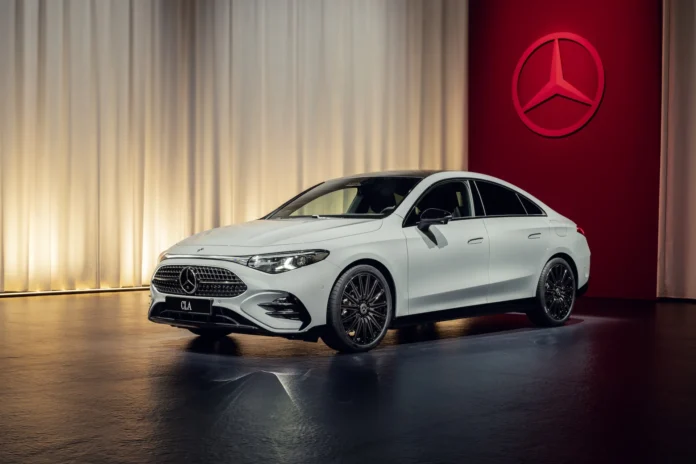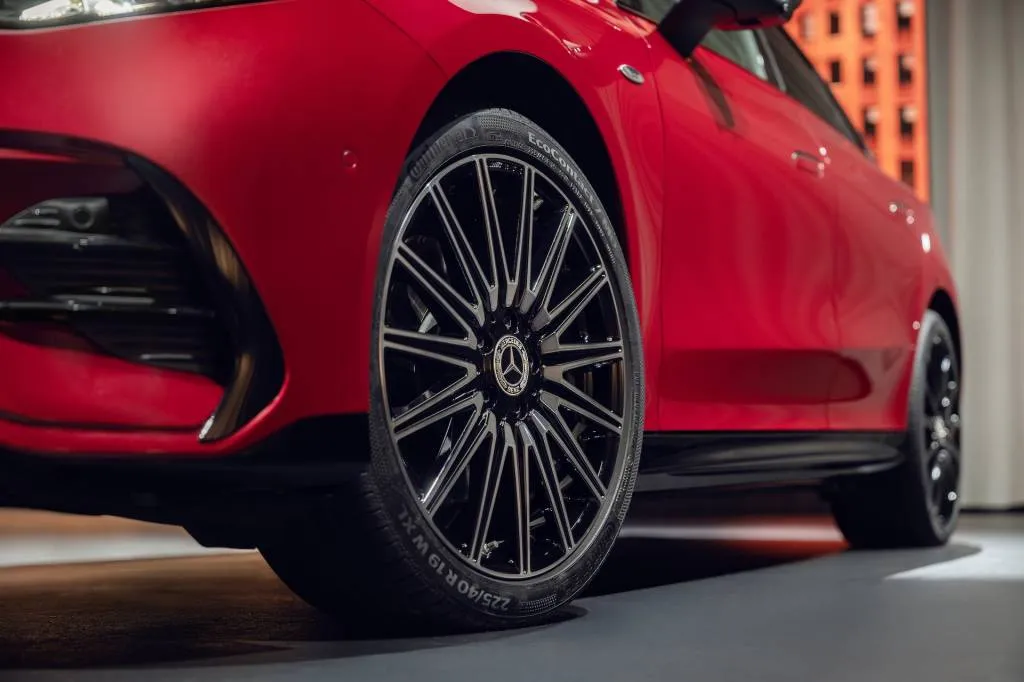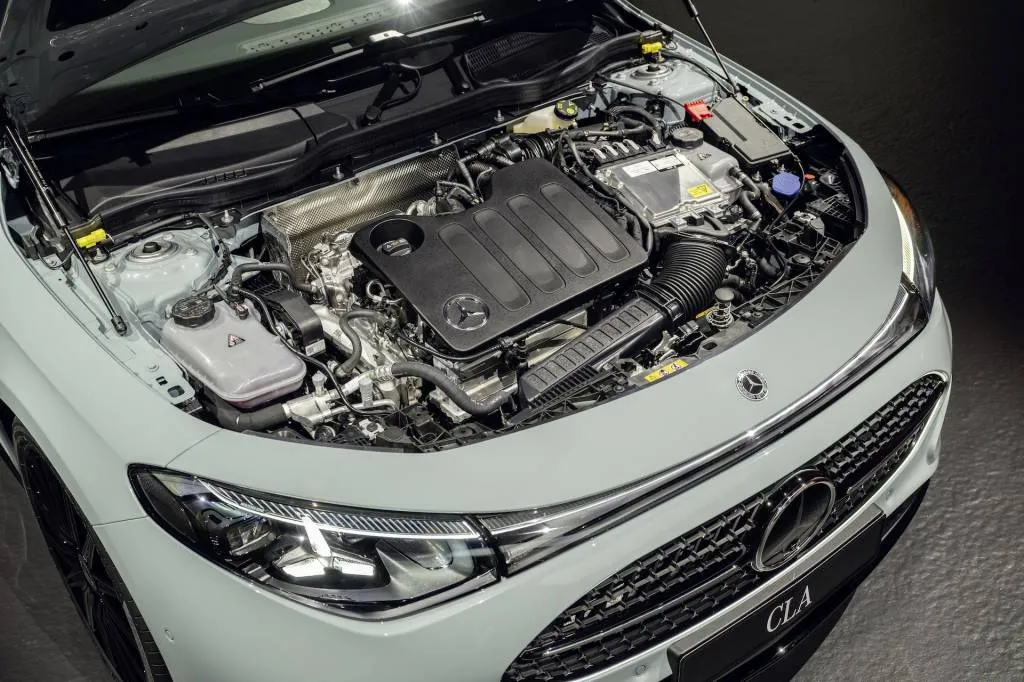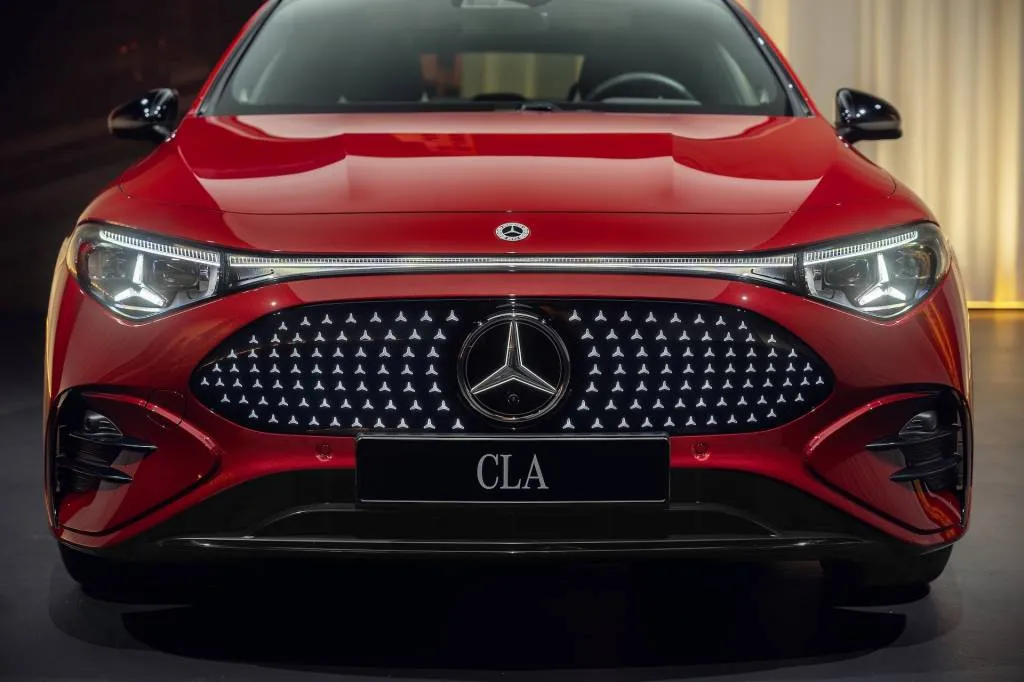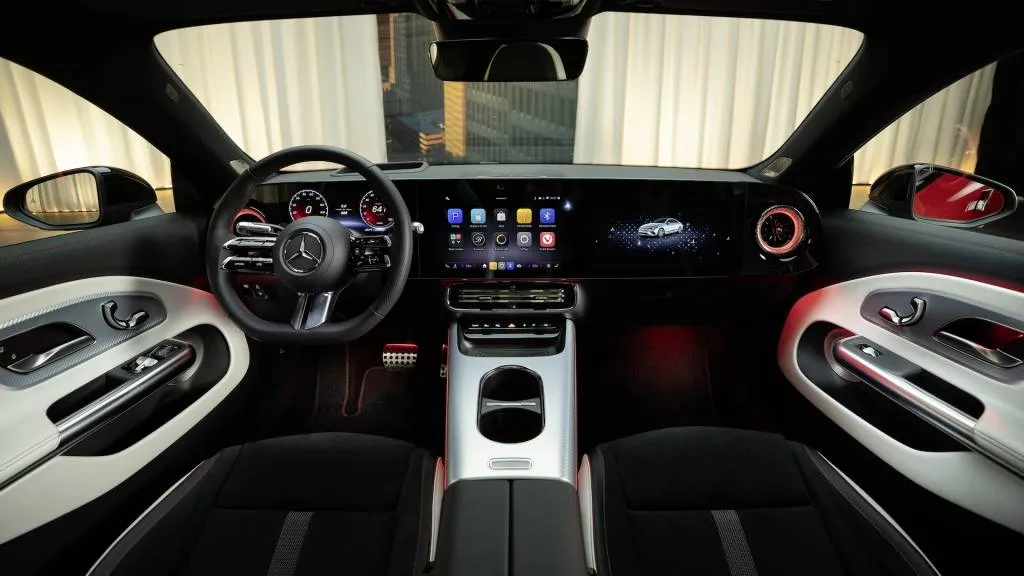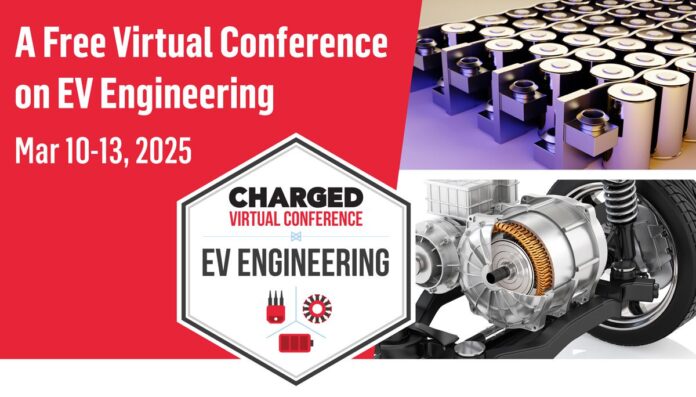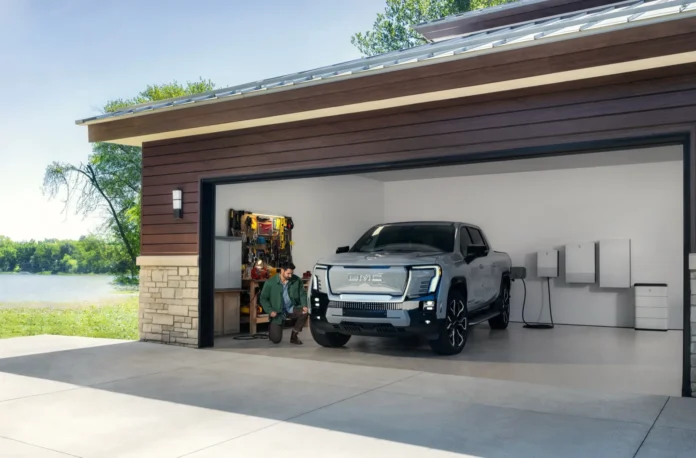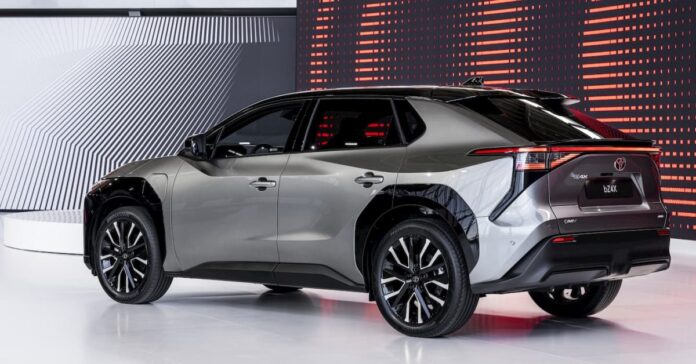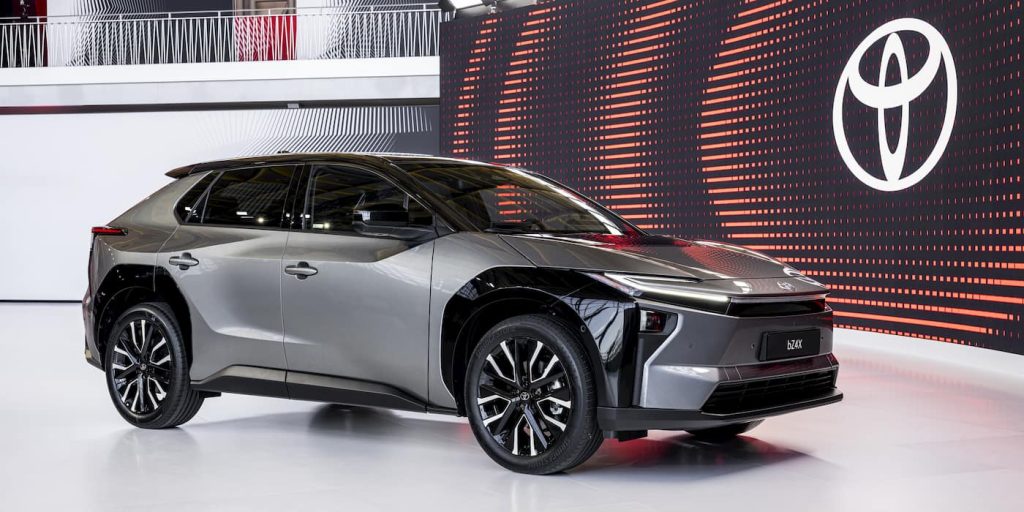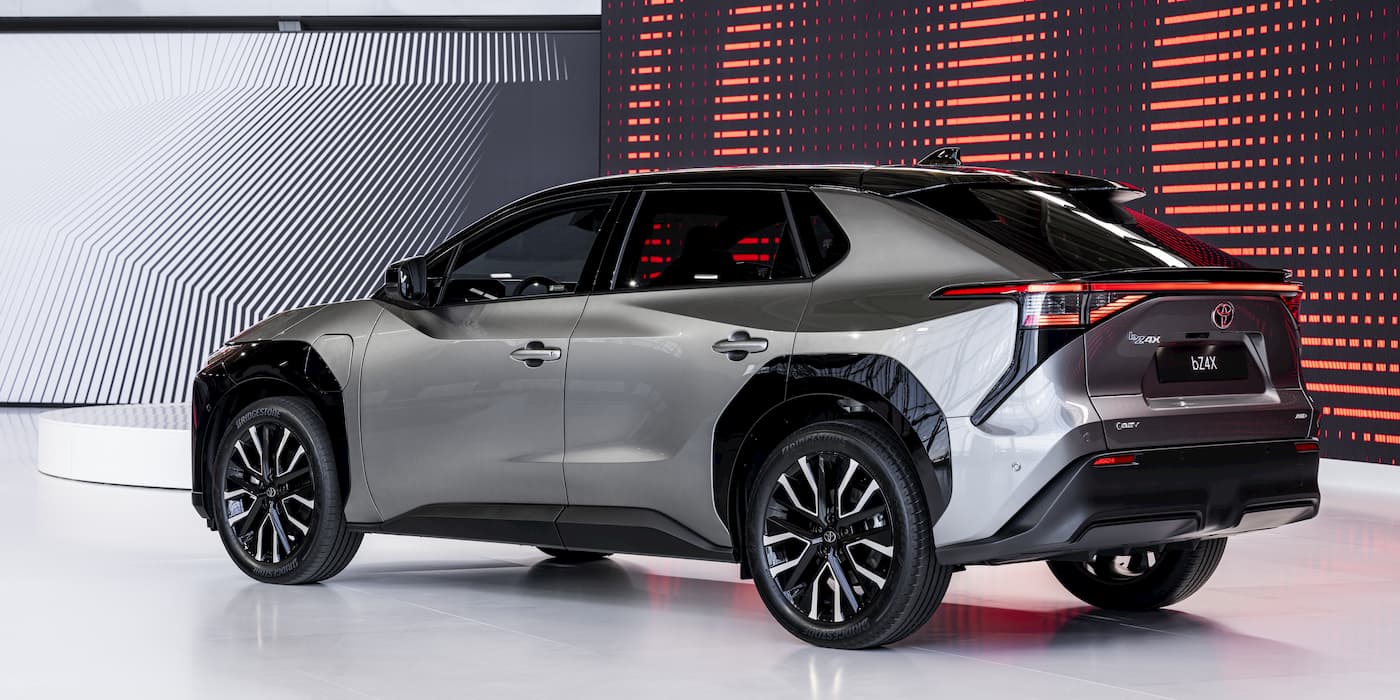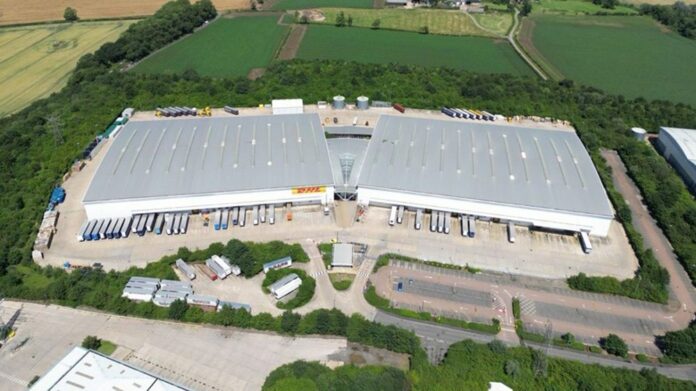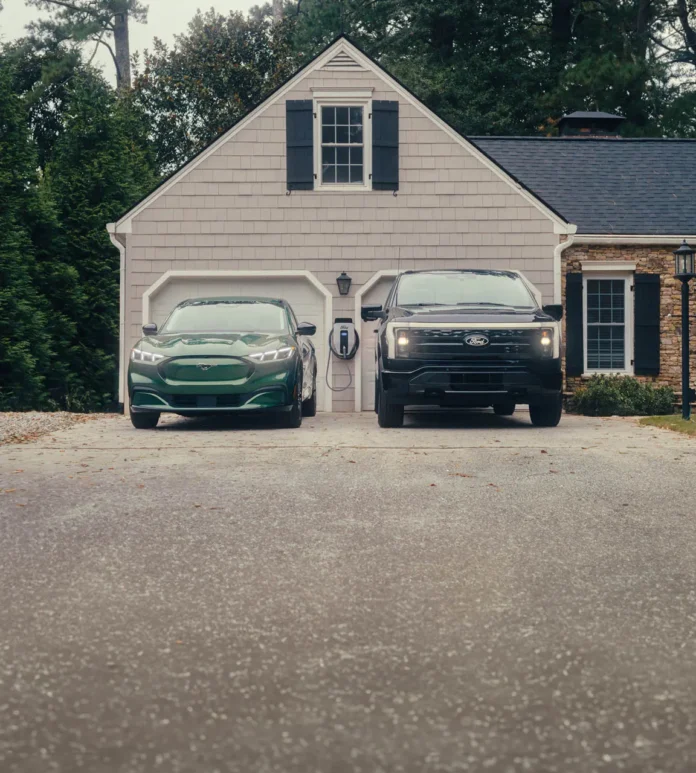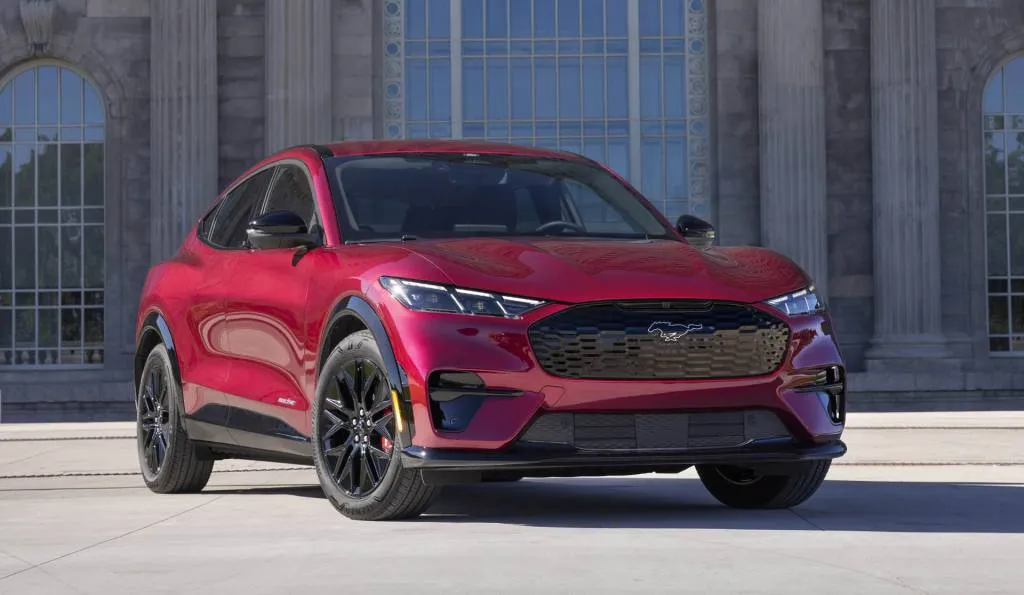BCDP is also adding its input into initiatives like the Chicago Transit Authority Better Streets for Buses plan, which aims to expand clean transportation options and develop safer streets in communities of color.
”If you’re gonna electrify your bus fleet, why would you launch the 20 or 30 new electric buses anywhere other than in a Justice40 community where the air quality is poorest, where the need for a clean energy transportation solution is greatest?” Davis said, referring to the Biden administration program that aimed to ensure that Black, Brown, and Indigenous communities would receive a substantial proportion of allotted federal funds and other resources.
A community-led approach to electric transportation planning
In 2024, BCDP participated in the National Renewable Energy Laboratory’s Clean Energy to Communities program, which supports community-led projects. BCDP also collaborated with NREL, Argonne National Laboratory, and local universities to launch the EV Institute, according to Davis.
The EV Institute, still under development, has been tasked with empowering the community to implement mobility and transportation equity. For example, there are plans to provide in-person and online education about the benefits of electric vehicles, according to Davis.
This holistic view reflects BCDP’s forward-thinking approach to electrifying transportation, said Julia Hage, manager of the transportation team at the Center for Neighborhood Technology in Chicago, which works with BCDP on its clean energy and community development initiatives.
Like many environmental justice community organizations, BCDP is taking the lead on its own initiatives around economic development, resiliency, and climate mitigation, Hage said.
While welcoming technical assistance and financial resources from outside organizations, environmental justice–based community organizations are nonetheless taking a more assertive approach toward self-determination. The Center for Neighborhood Technology has embraced its supporting role in empowering environmental justice communities to take their rightful seats at the clean energy transition table, Hage said.
“Oftentimes with these different progressions of technology and transportation, the communities are left behind because they’re not included in these conversations,” Hage said. “A lot of harm has been done to communities because of top-down planning decisions.”
Beyond collaborating with BCDP on transportation electrification, Hage said her organization is pulling the group into transportation equity work, too.
This approach was evident in a recent “EV 101” information session that the Center for Neighborhood Technology conducted to educate community-based organizations on how to promote electric vehicle adoption, in which BCDP acted as both a participant and a subject-matter expert.
“[BCDP was] able to also provide information to other CBOs, which I thought was a really cool benefit of having a cohort of community-based orgs,” Hage said. “No matter where they were in their journey of electrification or clean transportation, they could share with each other things that they knew from their experience.”
What does federal funding disruption mean for environmental justice efforts?
While the Center for Neighborhood Technology and BCDP have multiple sources of funding outside the federal government, the sudden inability to rely on federal funding has made it harder for them to carry out their mission.
“That’s part of our story now, too. We’re going to continue this decarbonization even in the face of all these cutbacks,” Davis said. “We have community engagement programs that are now on hold that we were relying on for this year and the summer. That won’t happen, at least not in a timely manner, but we’re going to do this anyway because we’re using mostly city and state funds.”
The federal government’s abrupt cancellation of promised funds has had a profound impact on the broader environmental justice community that the Center for Neighborhood Technology and BCDP are a part of. In the resulting atmosphere of uncertainty, many of these organizations are questioning any future reliance on the federal government, Hage said.
“The really alarming thing is, we’re seeing these full-on pauses and stop-work orders; resources that have been already allocated are being told to stop,” Hage said. “Some speculate like, ‘Oh, it’s just to confuse us. It’s just to make us scramble. They’ll have to go back on this. There’s no way.’ And there’s other folks who are kind of like, ‘We can’t even trust this money anymore.’ We’re still just kind of on edge, like, ‘Hey, is this going to happen?’”
One potential strategy is to advocate for state and local clean energy regulations and carbon-free transportation initiatives, along with increased emphasis and reliance on state-level organizations, such as the Illinois Environmental Protection Agency, Hage said.
“I am sure organizations right now don’t want to find themselves in this situation,” Hage said. “And I’m sure that they will want to redirect their focus on ‘What are grants that won’t be suddenly paused or suddenly taken away from us?’ And that’s why I think the focus on state and local resources is in conversation. Though, a lot of state money comes from the federal government. So, it’s kind of about ‘How do we best utilize this money while we have it?’”
The federal government’s purge of environmental justice data makes it harder to direct resources to where they are most needed. Nonetheless, BCDP and other environmental justice–focused organizations are determined to continue moving forward while acknowledging the significance of the challenges ahead.
“The freezing of federal grants and loans previously appropriated by Congress has been disruptive and is being challenged in court as unlawful overreach. The ultimate impact, therefore, is not yet fully known,” Davis said in an email.
“However, we remain undaunted in our work advancing renewable energy and clean transportation as economic and workforce development opportunities that make our communities healthier, safer, more livable and sustainable.”
Source link by Canary Media
Author Audrey Henderson
#Chicago #community #group #advances #EVs #federal #setbacks



